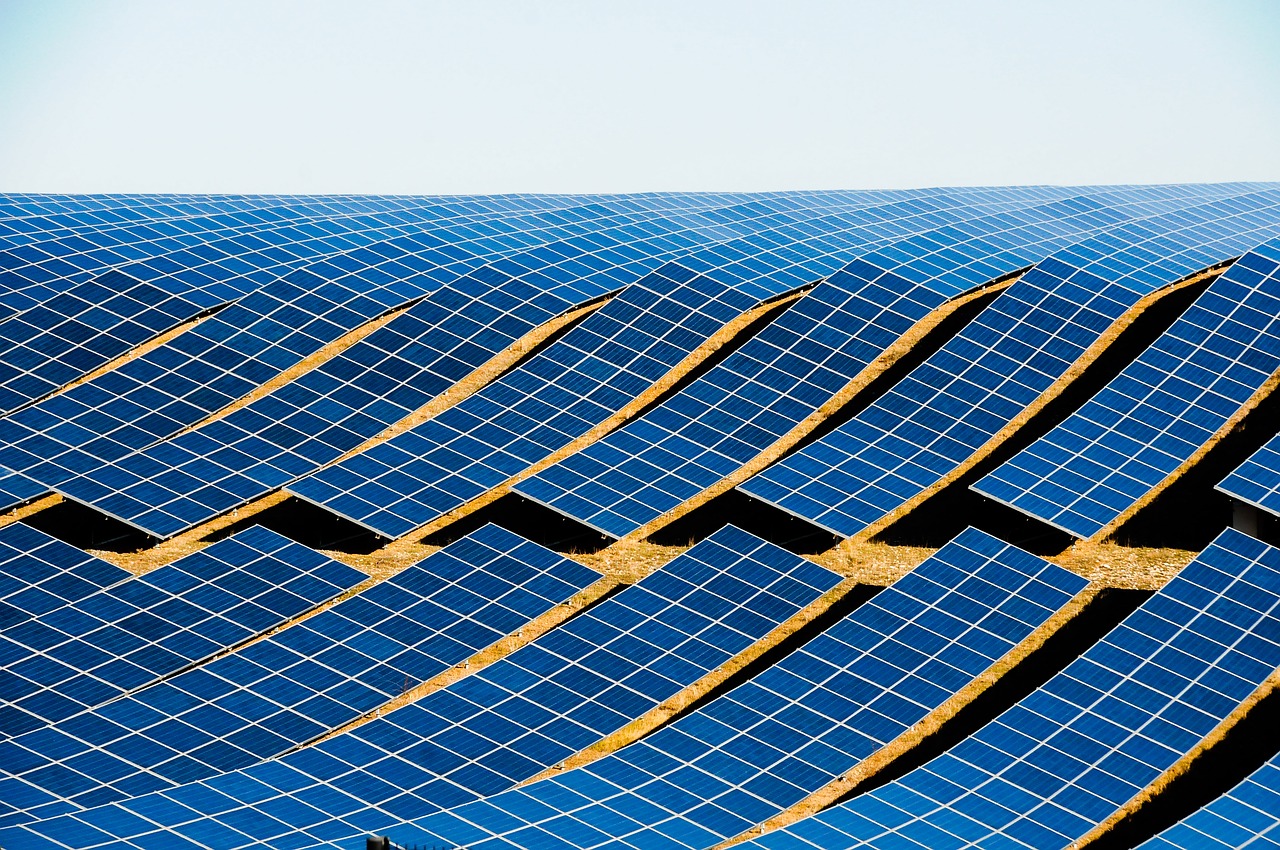Cleaner air, cleaner electricity, and a cleaner earth are huge talking points in today’s world, with scientists regularly forecasting the catastrophic impact of climate change. The usage of fossil fuels as the main electricity source is slowly killing the earth—releasing massive amounts of carbon emissions. Therefore, it is vitally important that we help the earth and save it from further damage—this is why renewable energy is so important.
Having renewable energy resources like solar and wind will lessen the carbon emissions created by fossil fuels. Backing up these sources with energy storage will only make these systems more dependable, thanks to the new technology. Many fossil fuel power plants operate using older machinery that is generally less efficient and causes long-term environmental harm.
Renewable resources are dependent on the weather—and yes, that may seem risky—but this is where energy storage comes into play. The sun doesn’t always shine and the wind doesn’t always blow, but when they do, massive amounts of energy can be generated. So what happens when excess energy is produced? Generally, if you don’t have an energy storage system, excess energy goes back to the grid. Instead of this, energy storage systems store the excess and lessen the load during peak energy usage hours. Energy storage is on the rise, becoming more and more popular for those wishing to store energy in order to reduce their peak usage and, as a result, their electric bill.
Energy storage allows individuals to keep their excess generated energy and use it in times of need. For example, during power outages, or in harsh weather conditions that may affect the energy supply from the grid. Energy storage is still relatively new so it is somewhat expensive, but as its popularity increases, it’s likely the technology will develop rapidly and the price will decrease. The advancement of energy storage technology will really boost the environment by helping to decrease carbon emissions. Many states support the use of energy storage as a measure to improve the grid.
Due to the many positives of energy storage, several states in the US have taken an interest in energy storage, creating policies to help it develop. Here are just a few of those policies:
- New York: Governor Andrew Cuomo announced that New York is targeting 1,500 MW of energy storage by 2025—increasing to 2,000 MW by 2030. With this, The New York Green Bank has agreed to invest $200 million in energy storage technology. Not only that, Governor Cuomo recently announced $300 million of incentives towards energy storage projects around New York, with the aim of increasing the popularity and production of energy storage.
- California: Three of the largest electric corporations have been mandated by the state to reach an energy storage capacity of 1,325 MW by the end of 2024.
- Hawaii: Since using fossil fuel use is quite expensive in Hawaii, they have been advocating heavily for clean energy. Two Hawaiian Electric Industry projects offer 8 cents per kilowatt-hour for energy. That’s half the price of fossil fuel generation in the state. With Hawaii’s aggressive steps to boost clean energy, energy storage will definitely play an important role.
- Arizona: The state commissioner Andy Tobin announced a target of 3,000 MW of energy storage by 2030.
- New Jersey: The energy storage target in New Jersey is 2,000 MW by 2030. This was established by a bill in 2018.
- Massachusetts: The energy storage target is 1,000 MW by the end of 2025, as outlined in a bill in July 2018.
The Department of Energy’s Advanced Research Projects Agency committed up to $30 million in funding to benefit research for long-term storage transformation. The funding was given to the Duration Addition to electricitY Storage program. This aim of this program is the development of new technologies, which would make it possible for US energy storage to power an electric grid for up to 100 hours.
Clearly, energy storage is one of the main priorities of several states, with many outlining aggressive policies to implement energy storage as a big part of their clean energy push. Energy storage will improve clean energy practice, while lessening the grid’s dependence on older technology. In the coming years, energy storage will establish itself as a key part of the wider clean energy market. Energy storage is the future of the electric industry, and will likely play a vital role in the future of our environment as well.
If you would like to learn more about solar energy and energy storage, please contact YSG solar today at 212.389.9215.
By Kasey Liu
Sources:
https://www.eesi.org/papers/view/energy-storage-2019
https://www.greentechmedia.com/articles/read/energy-storage-gets-its-day-in-congress#gs.vrttmu

